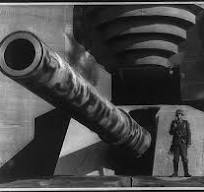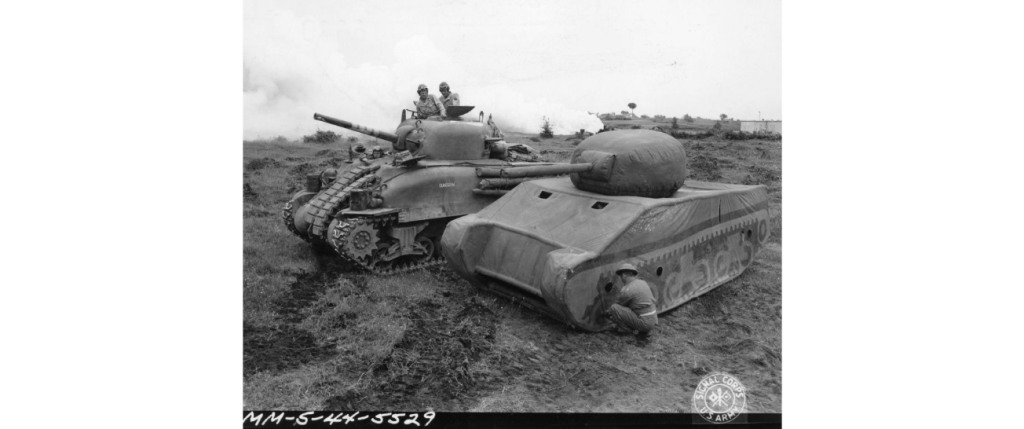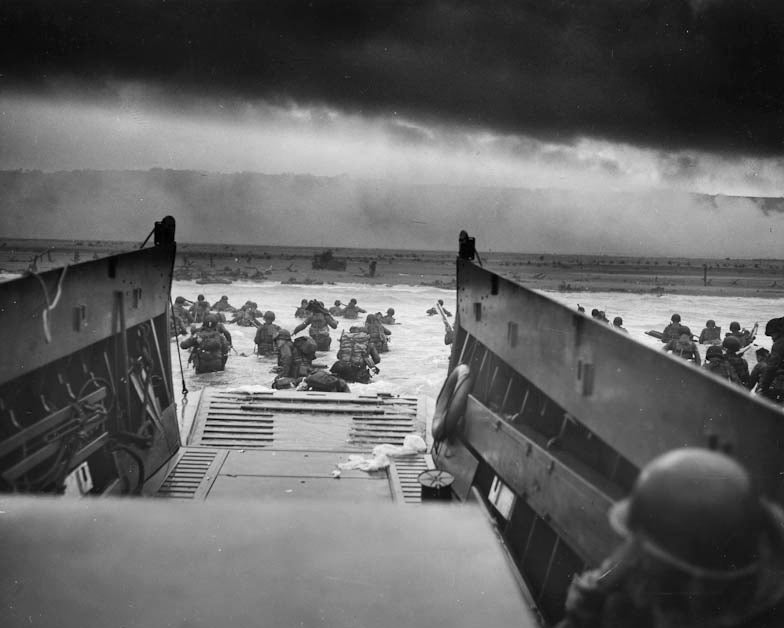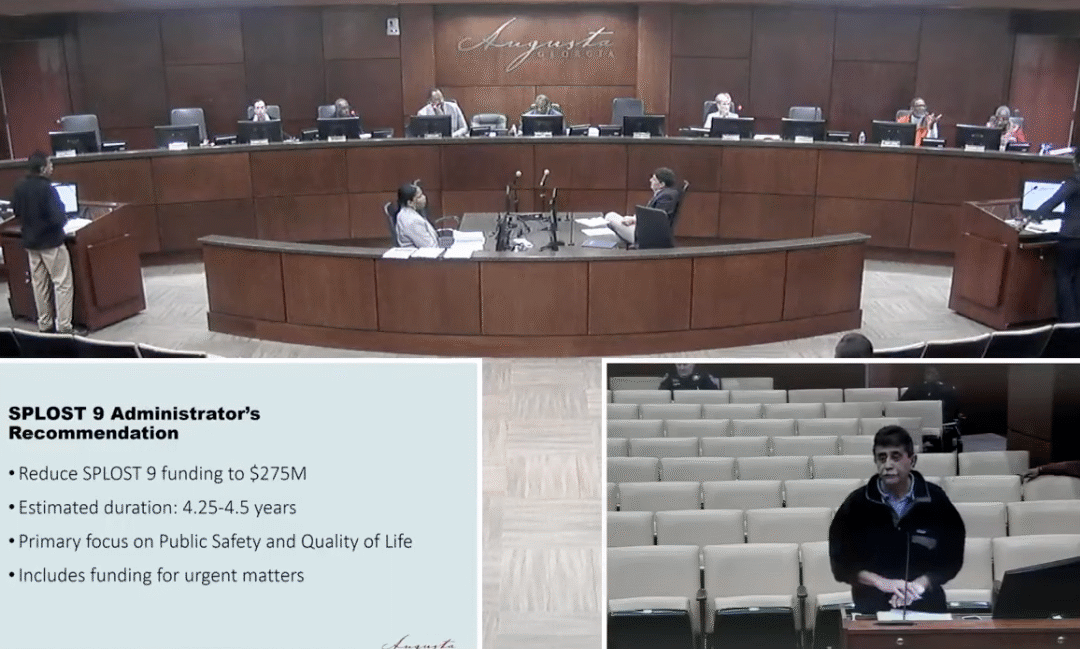June 6 is the 80th anniversary of the invasion of Normandy, commonly known as D-Day, and it was the one singular event that spelled doom on the murderous Nazi regime and sent Adolf Hitler scurrying underground.
It remains the largest air-sea-ground invasion in world history with 156,000 Allied forces landing on the continent.
Allied Supreme Commander Ike Eisenhower knew that for the invasion to succeed, many factors, such as the weather, must be considered along with a balance of secrecy and deception.
MORE: Augusta commissioner temporarily stepping down for health reasons
According to Liberation Route Europe, Hitler had changed strategy after the rout at Dunkirk forced the British into the sea and the Luftwaffe’s failure at the Battle of Britain and decided to go into defensive mode, but he was a little late getting started building what was known as the “Atlantic Wall.”
As far as Hitler was concerned, the war in the West had become a sit down war, or “sitzkrieg.” However, after Pearl Harbor, Hitler realized he better get off of his hintere and schnell bewegen.

The ‘Wall’ was a 5,000 kilometer-long coastal series of concrete bunkers, pill boxes, dragon’s teeth to ward off tanks and land mines to blow apart humans.
Rather than get started immediately when it became clear that a ground invasion of Britain was an impossibility, Hitler remained more focused on gaining ground in the East and, of course, building the extermination camps and work did not get started on the defensive line until 1942, after America had entered the war.
According to Atlantikwall Europe, Hitler placed Gen. Erwin Rommel in charge of the project, but resources were so few that Rommell had to basically use a crystal ball to figure out where to place the most defenses that he had available.
Rommel’s crystal ball turned out to be more like a Magic Eight Ball.
Rommel chose the area of Pas-de-Calais in France for the heaviest of fortifications, as that region is the closest point between Britain and the European continent; the sea route between Britain and Normandy was notorious for churning seas and weather that changed constantly, so less defensive resources were aimed at that area.
Allied reconnaissance aircraft noticed this and Normandy was chosen as the landing spot. However, the Allies were also keen to trick Rommell into thinking his crystal ball had worked.
Hitler knew that Eisenhower was coming and Eisenhower knew Hitler knew it, and so Eisenhower pulled off one of the most brilliant wartime ruses since the Trojan Horse, according to English Heritage.

In an effort to convince the Nazi generals that Allied forces would use the shortest route across the English Channel, from Dover, England to the Pas-de-Calais, Eisenhower created a fake invasion force and concealed the real one.
What was termed Operation Fortitude South, planes and even ships were built of plywood, inflatable tanks were created, and people were brought in to mill about in Army uniforms. Fake depot buildings and barracks were built and even ruts were cut into the dirt roads and airfields to give the illusion of activity.
By the time of making the preparations, the Allies had already cracked Germany’s “Enigma” code and could tell that their deception was working, but just in case, the technical aspects of the plan were only known to few inside Eisenhower’s inner circle.
According to the Franklin D. Roosevelt Presidential Library, the president himself was virtually the only person in Washington, D.C. who knew of the plan.
Posters warning “loose lips sink ships!” were plastered all over the United States, but Germany’s network of spies were still able to gain valuable information, so even ship captains ferrying supplies across the pond only knew their general route and didn’t find out what port they were steering for until a top secret envelope was opened near the end of the convoy voyage.

There were some mishaps with weather continuing to be an issue and some paratroopers were mistakenly landed in the wrong areas, which meant their certain death; however, Hitler’s wall to protect his “1000 year Reich” was breached within a day.
On the evening of June 6, Roosevelt addressed the nation and told what he knew.
“Last night, when I spoke to you about the fall of Rome, I knew at that moment that troops of the United States and our allies were crossing the Channel in another and greater operation. It has come to pass with success thus far,” Roosevelt said over the radio.
He then engaged the nation in this prayer, the first known time that a president of the United States did as such:
“With Thy blessing, we shall prevail over the unholy forces of our enemy. Help us to conquer the apostles of greed and racial arrogancies. Lead us to the saving of our country, and with our sister Nations into a world unity that will spell a sure peace a peace invulnerable to the schemings of unworthy men.”
After D-Day, the war in Europe would be over in 11 months.
…And that is something you may not have known.












